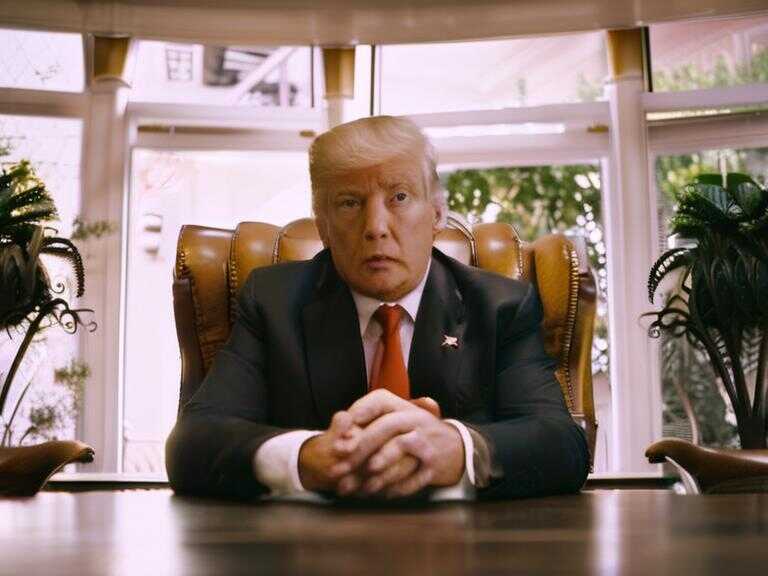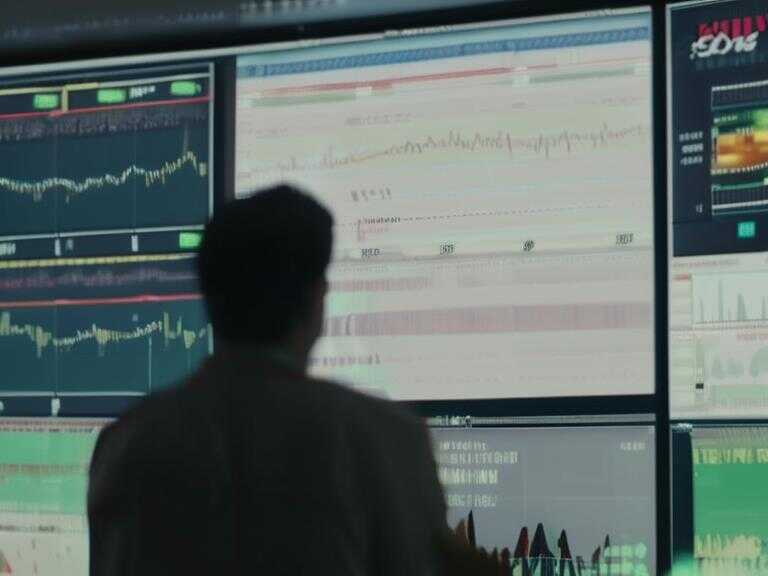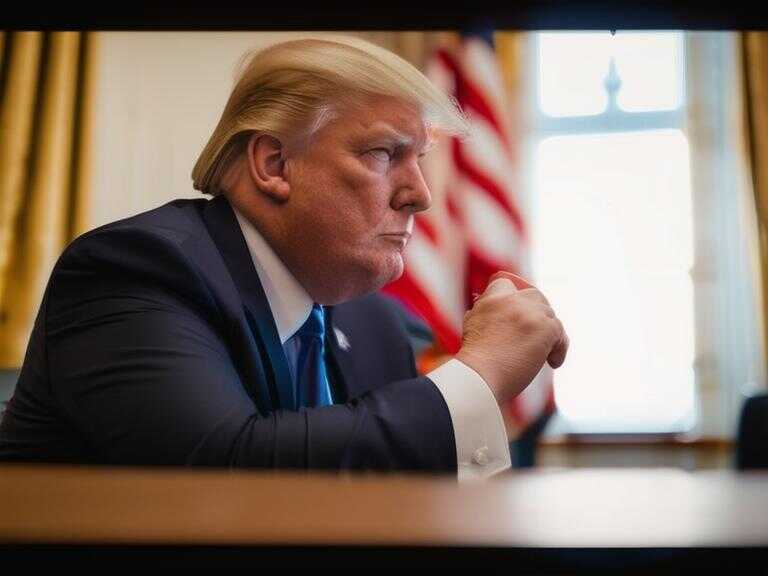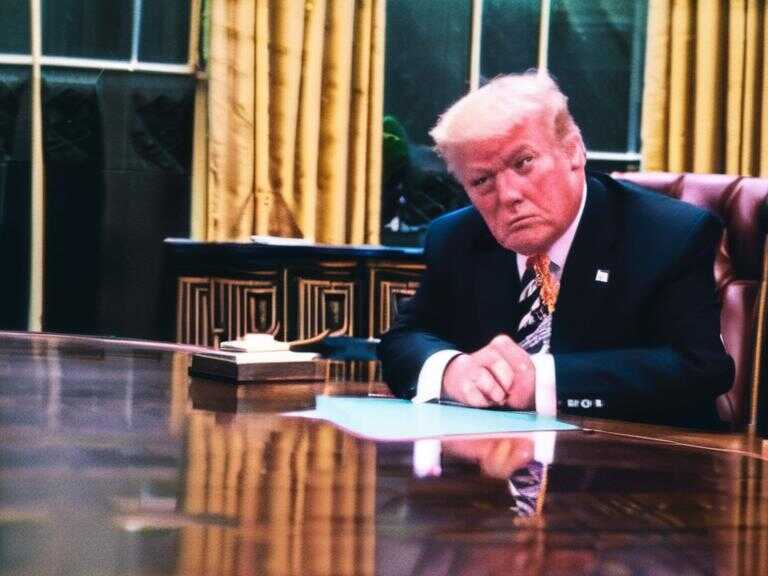
Trump's Looming Trade Decisions Could Shape US Economy
President Trump faces key decisions on tariffs before August 1st, potentially impacting the US and global economies by influencing trade negotiations and costs for consumers.

The global economic landscape is on edge as President Donald Trump approaches a pivotal week with several critical decisions looming that could significantly impact both the US and international economies. Amidst ongoing trade negotiations and heightened tensions, market observers and analysts are closely scrutinizing Trump's every move, anticipating his next steps in shaping the future of global commerce.
Key Decisions on the Horizon
With a deadline rapidly approaching, President Trump faces several key decisions regarding tariffs and trade agreements that could have far-reaching consequences. The August 1st deadline for higher tariffs is a focal point, as it marks a turning point in the ongoing trade war between the United States and its trading partners.
Universal Tariff: A Potential Spike in Import Costs
One of the most significant decisions facing President Trump is the implementation of a universal tariff on virtually all goods entering the United States. Initially imposed at 10%, this tariff has been suggested to be raised, potentially even doubled, by President Trump himself. Recent statements from the president indicate a strong possibility of setting a new floor for tariffs, with 15% being floated as a likely target.
Such an increase in the universal tariff would undoubtedly have a substantial impact on businesses and consumers alike. Economists warn that higher import costs would ultimately be passed down to consumers, leading to increased prices for a wide range of goods and services. The potential ripple effects throughout the economy could be significant, impacting inflation, consumer spending, and overall economic growth.
Drug Tariffs: A Controversial Move with Uncertain Consequences
Another critical decision facing President Trump is the implementation of tariffs on pharmaceuticals manufactured outside the United States. This move has been a point of contention, with proponents arguing that it will protect domestic drug manufacturing and reduce reliance on foreign suppliers. However, critics warn that such tariffs could lead to higher drug prices and exacerbate existing shortages.
President Trump has repeatedly suggested imposing tariffs on pharmaceuticals, even hinting at a 200% levy. While concrete plans remain unclear, the potential for such tariffs has sent shockwaves through the pharmaceutical industry and beyond. The uncertainty surrounding this issue adds to the complexity of the economic landscape, as businesses and consumers alike grapple with the potential implications.
The Path Forward: Balancing Protectionism and Free Trade
As President Trump navigates these complex decisions, he faces a delicate balancing act between protecting American interests and fostering international trade. While tariffs can provide short-term gains for certain industries, they often lead to retaliatory measures from trading partners, ultimately harming overall economic growth. Finding a sustainable solution that promotes fair trade practices while minimizing disruptions to global commerce remains a significant challenge.
Share news















